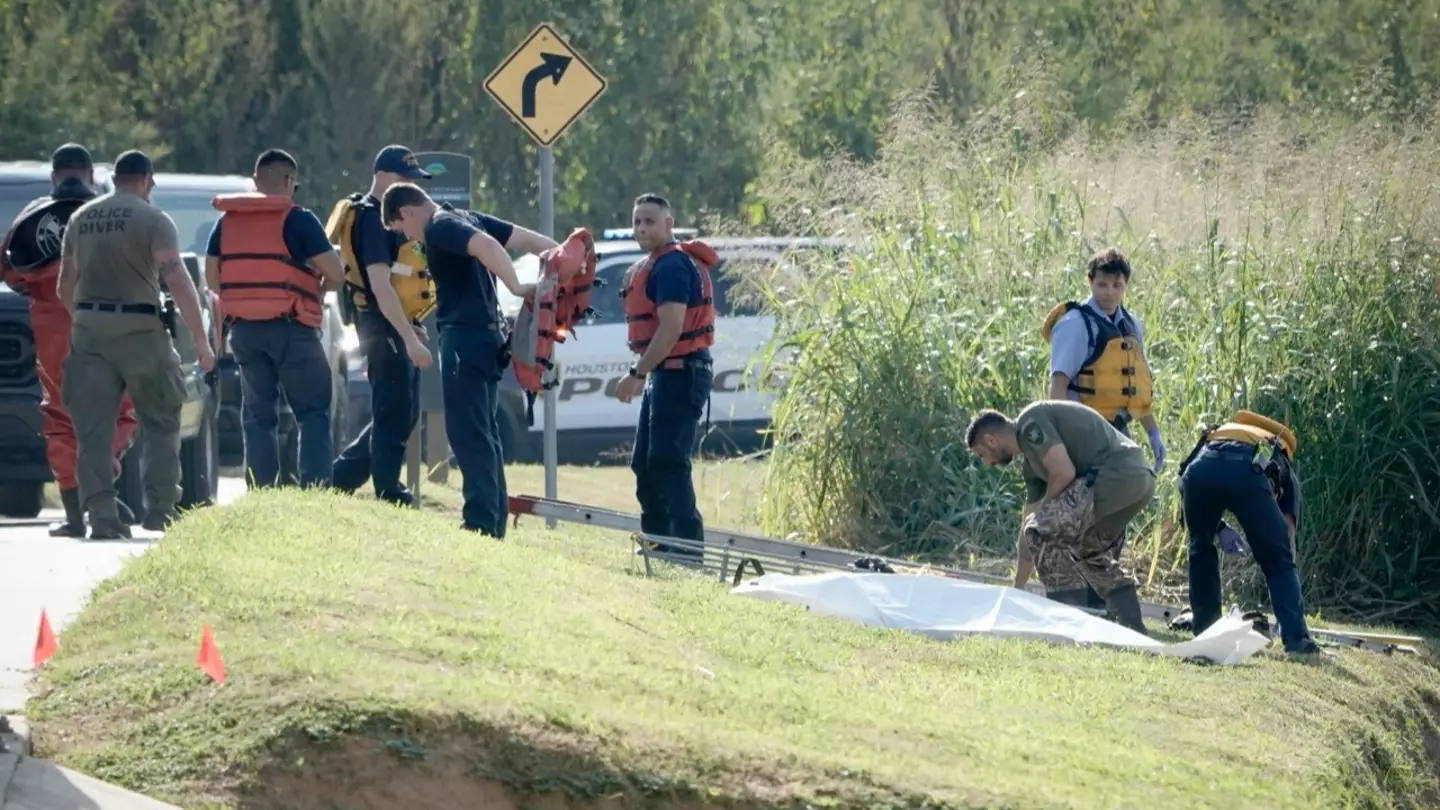


The car crash took place on a busy highway in Nigeria

The daughter of Kim Kardashian sported a new grill that made her teeth appear pointed

Sex therapist Ness Cooper says the hands free method is taking women by storm

More bodies have been discovered in Houston's Buffalo Bayou and Brays Bayou
.png)
Walter Williams had been waiting to be embalmed, until medics made a shocking discovery

Aryna Sabalenka and Nick Kyrgios played in the exhibition match, which was hosted in Dubai

Aryna Sabalenka can't 'understand how people were able to find something negative' about her clash against Nick Kyrgios

Bondi Beach hero Ahmed al Ahmed has given his first interview since the 14 December attack

Nick Kyrgios faced off against women’s world number one Aryna Sabalenka in the controversial ‘Battle of the Sexes’

Festive treats could be hiding risks dog owners rarely consider

Mia O’Brien, 24, was initially facing a life sentence before being miraculously released

A seemingly ordinary family life hid a far more dangerous daily reality

A young mum’s life was changed forever after years of hidden damage
.png)
It might be time to give your body a break

The Russian President commented on 3I/ATLAS possibly harbouring alien life

Stephen Chase says he'd only had 'beginners-level' classes when it started at the age of 19

Andy Carroll is expected to appear before magistrates on 30 December
.png)
Camila Mendoza Olmos went for an early morning walk and never returned

Christmas with family can quietly mess with your head

Former Premier League striker’s latest legal troubles explained ahead of court appearance

Aimen Dean warned that it's 'not about if' another terror attack will happen - 'it's about when'

A theory has suggested that an alleged relationship between Hitler and a British woman resulted in a child

It could prove to be 'lifesaving', according to Dr Jeremy London




